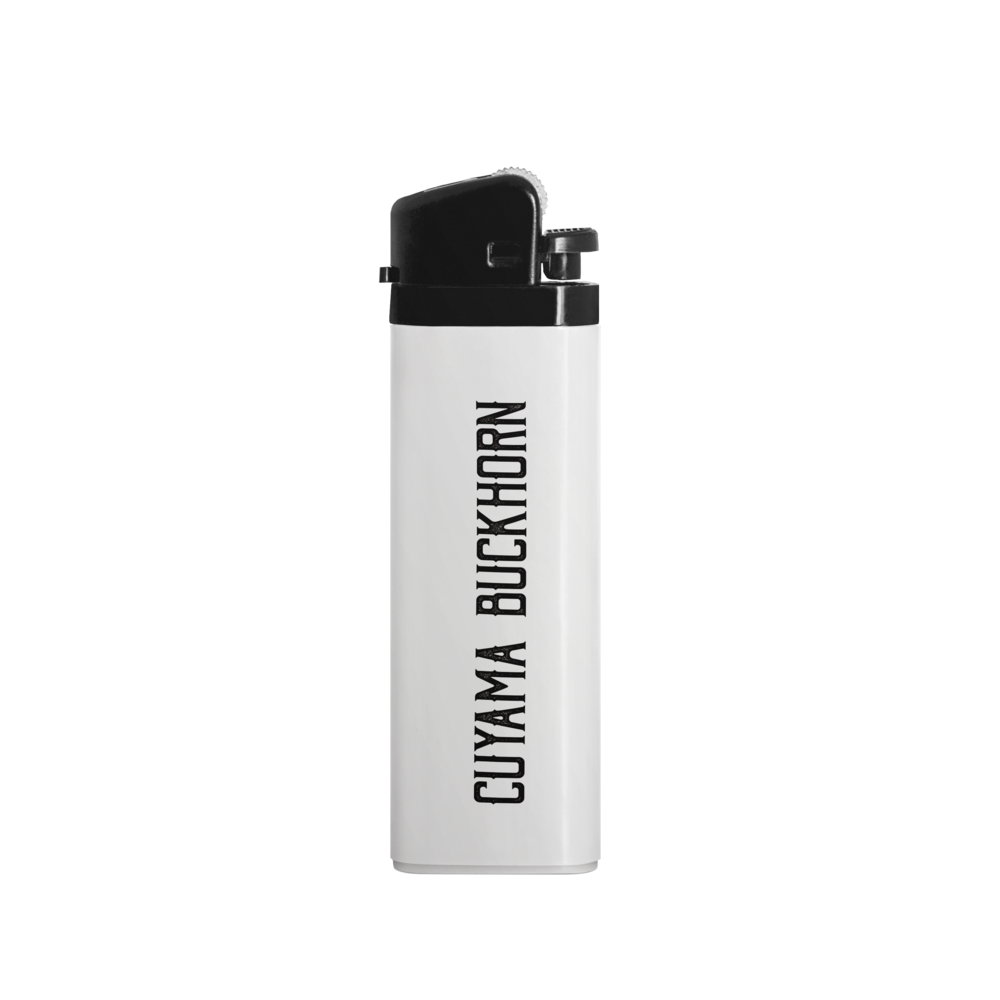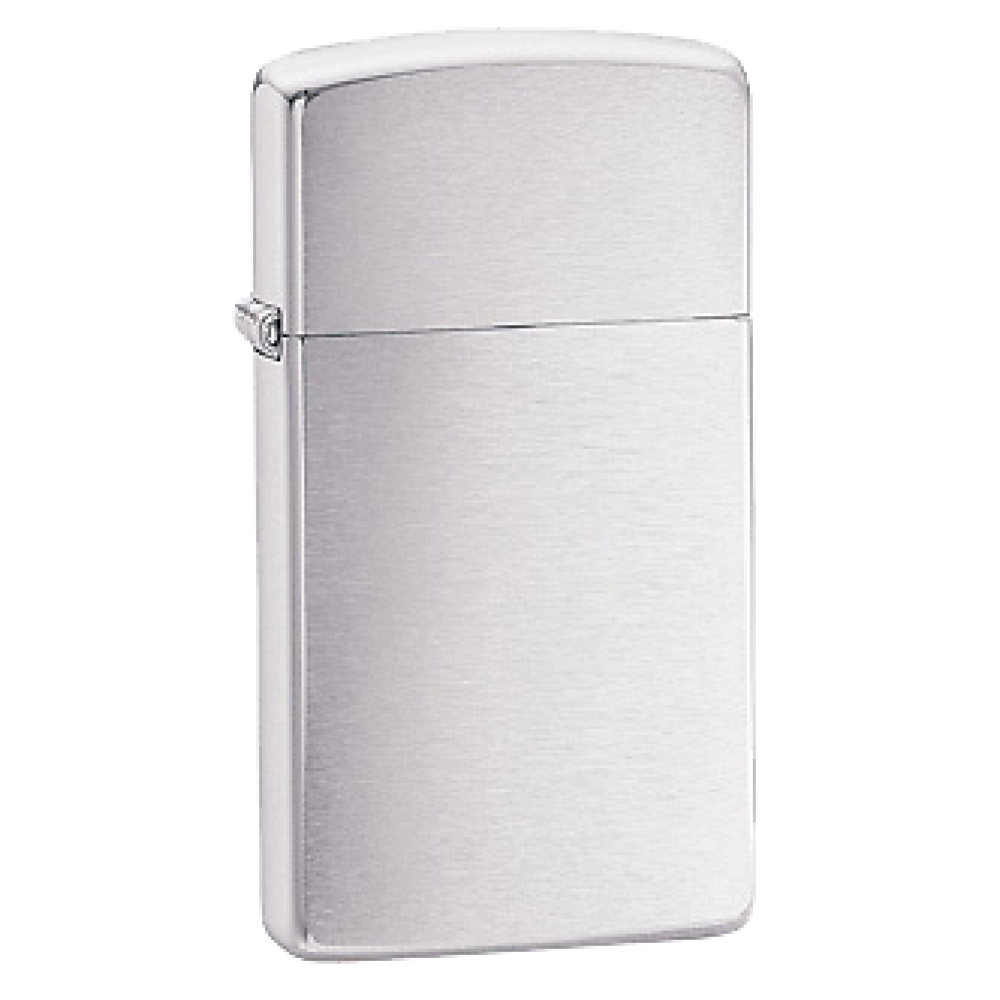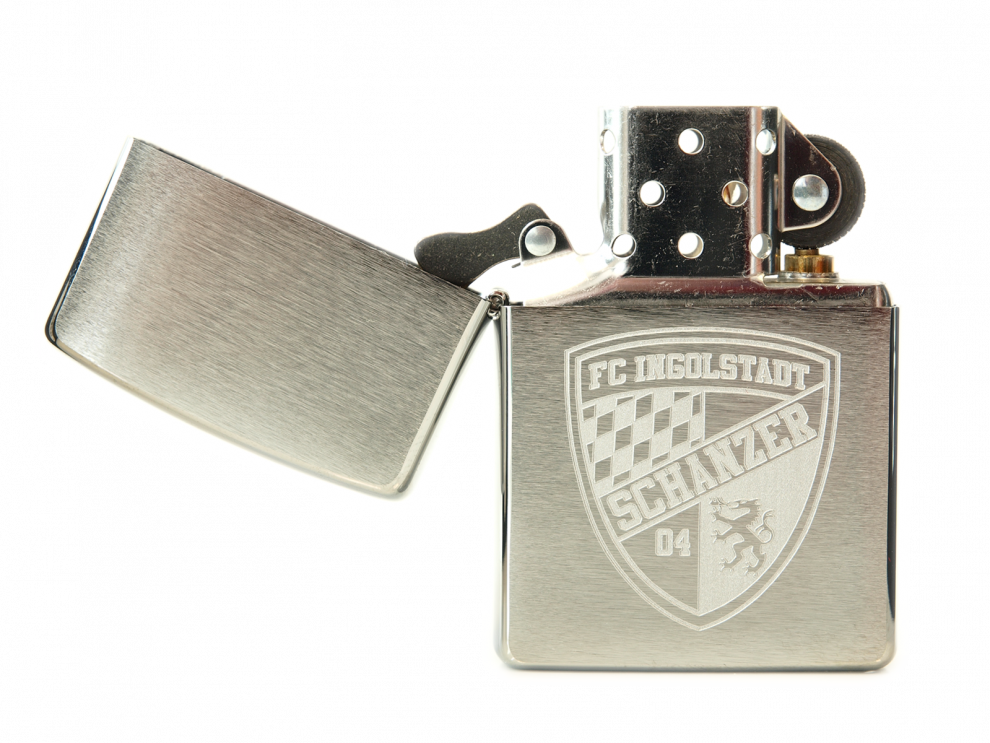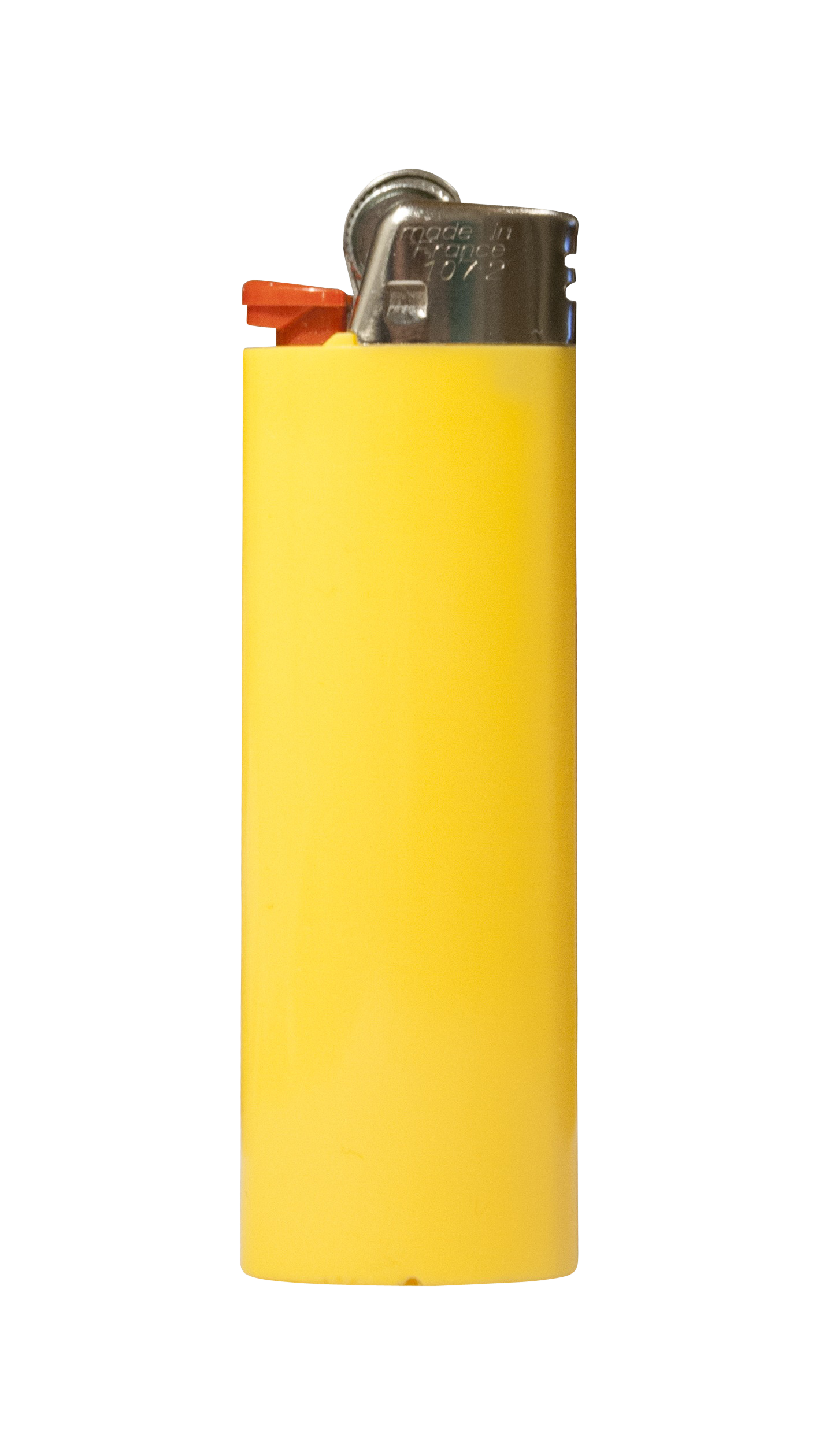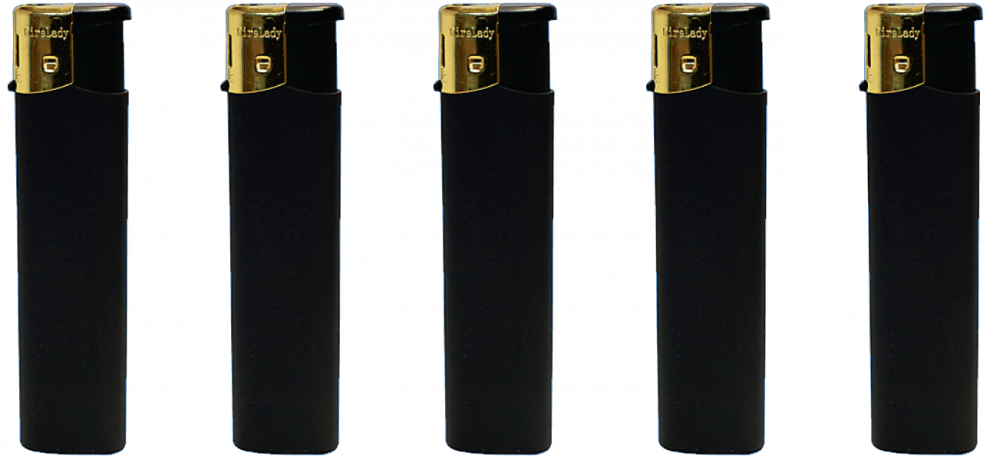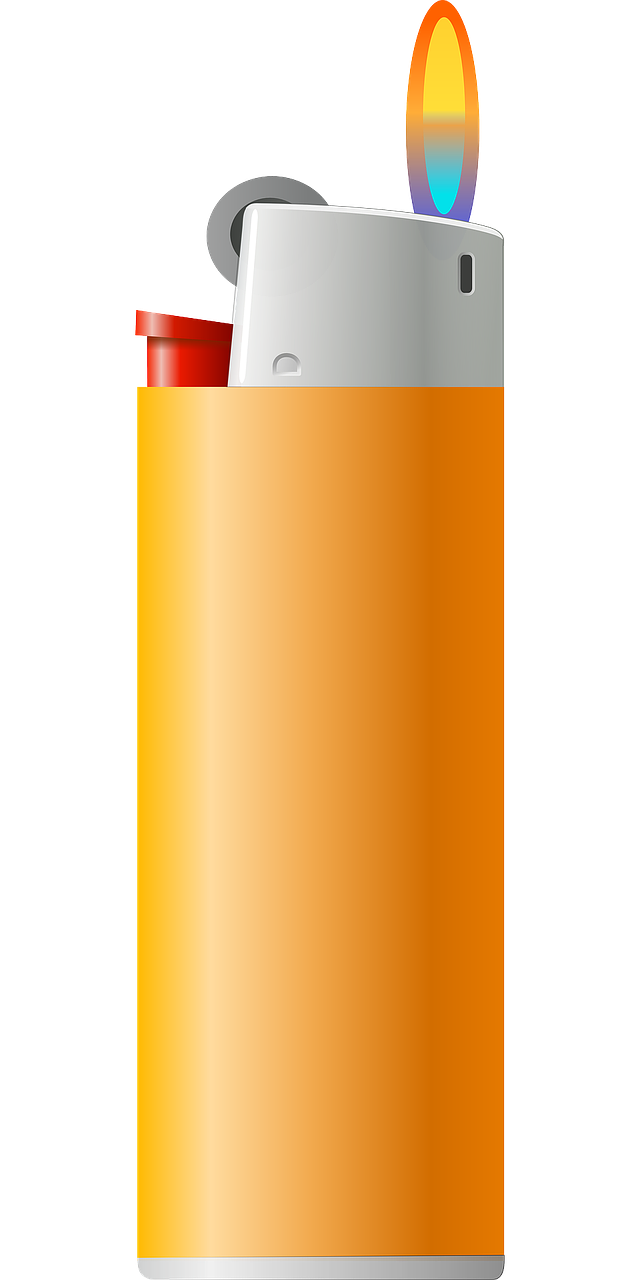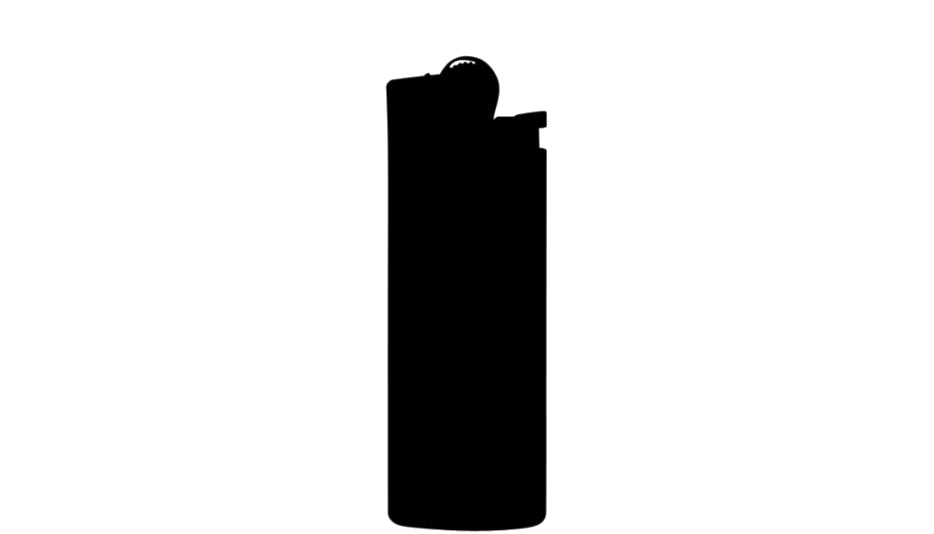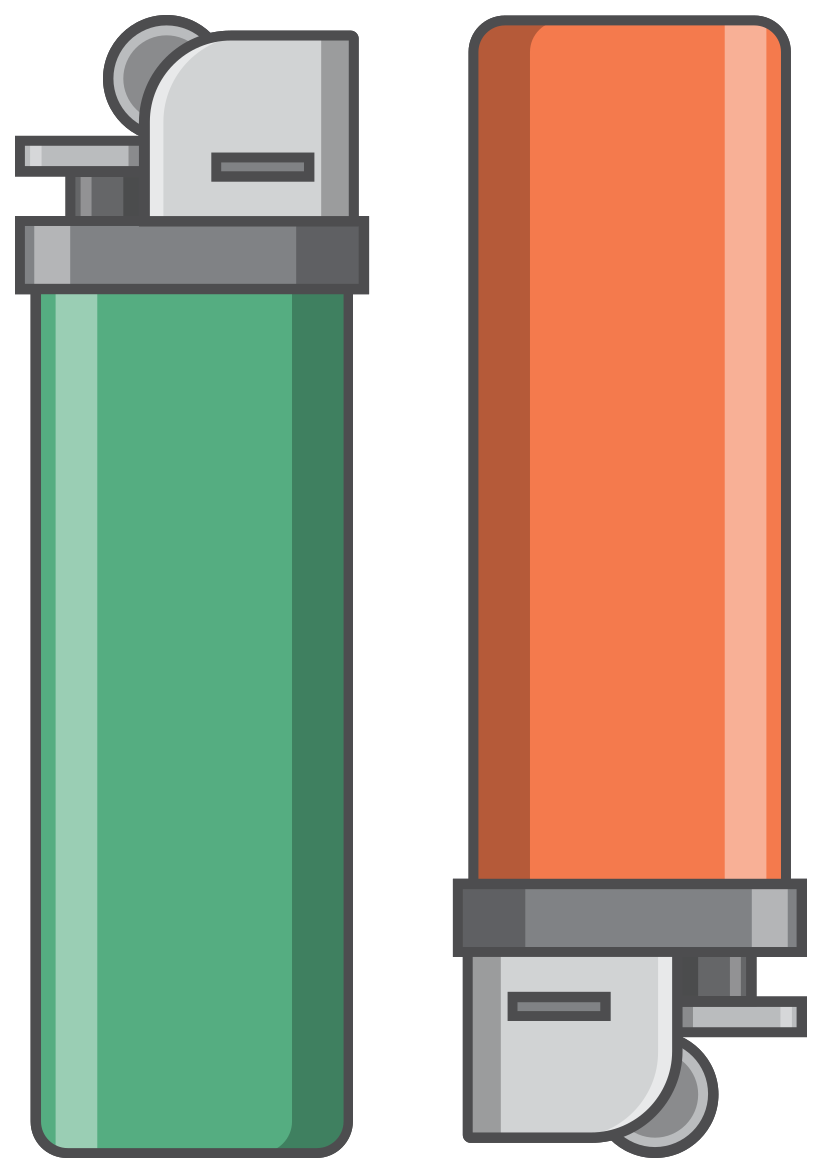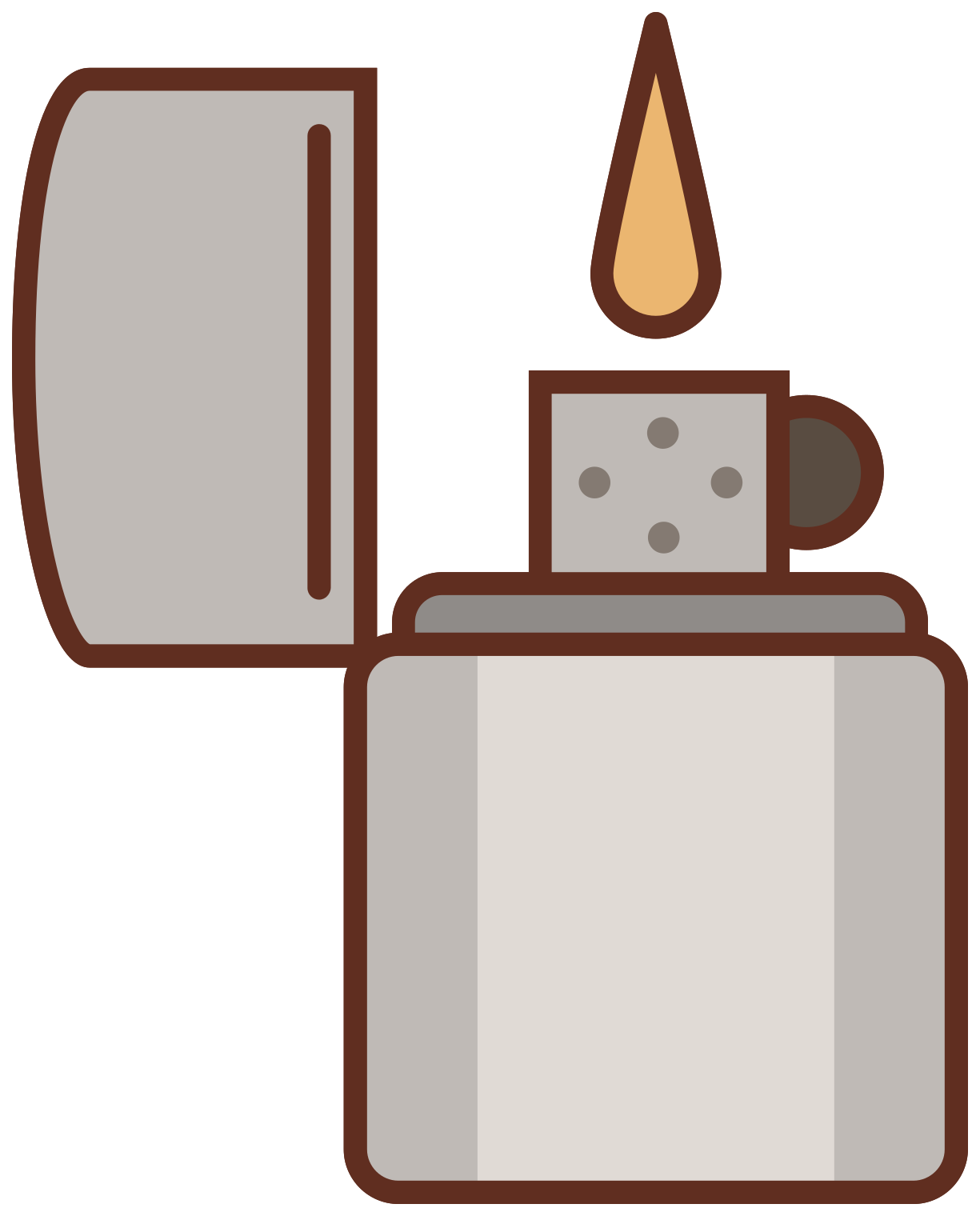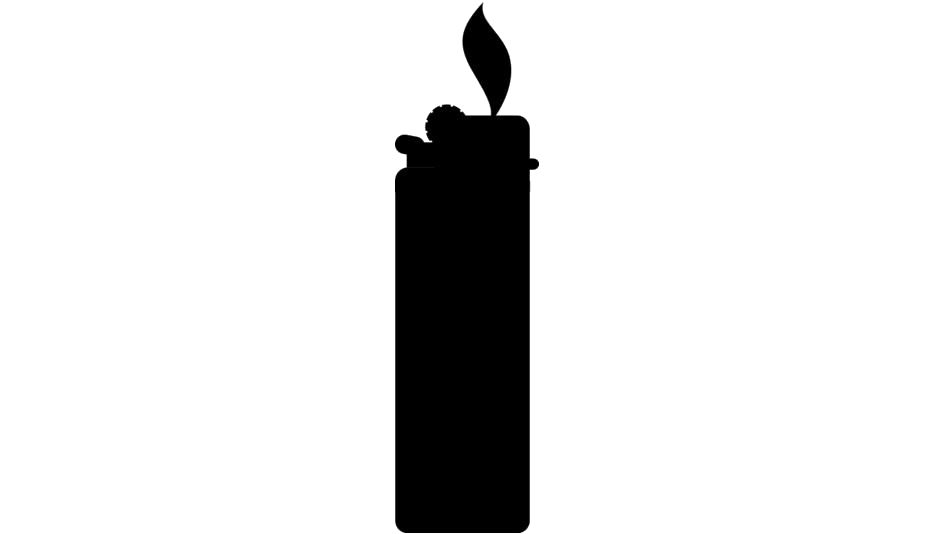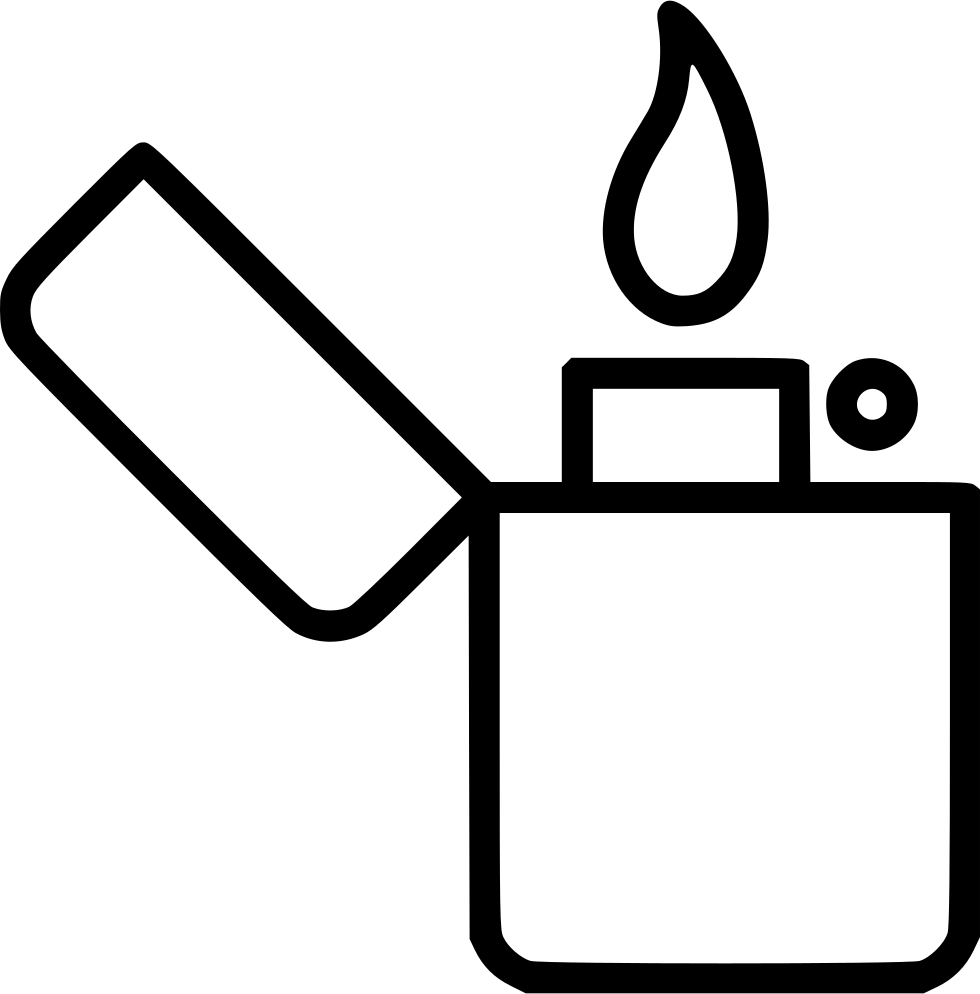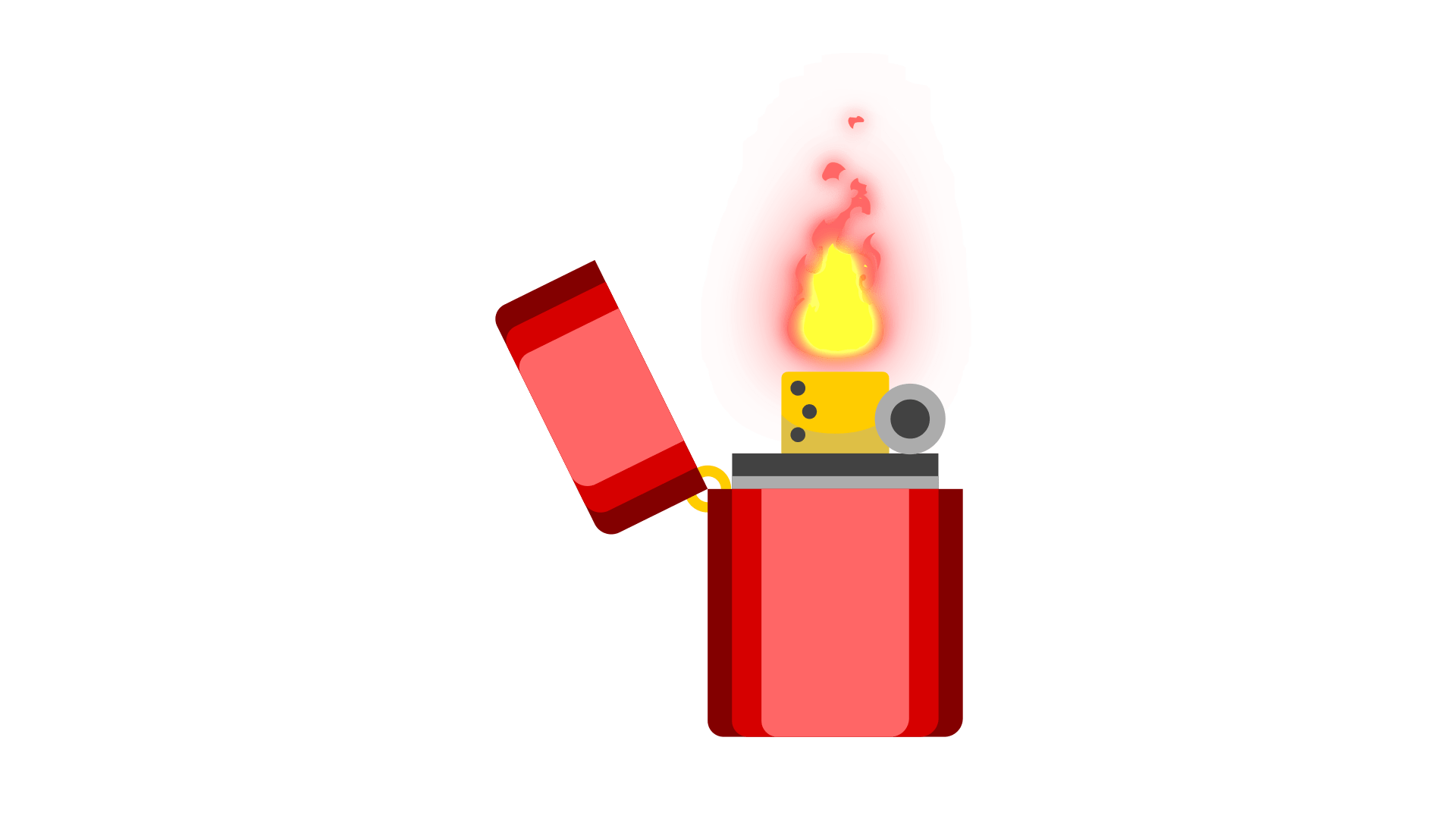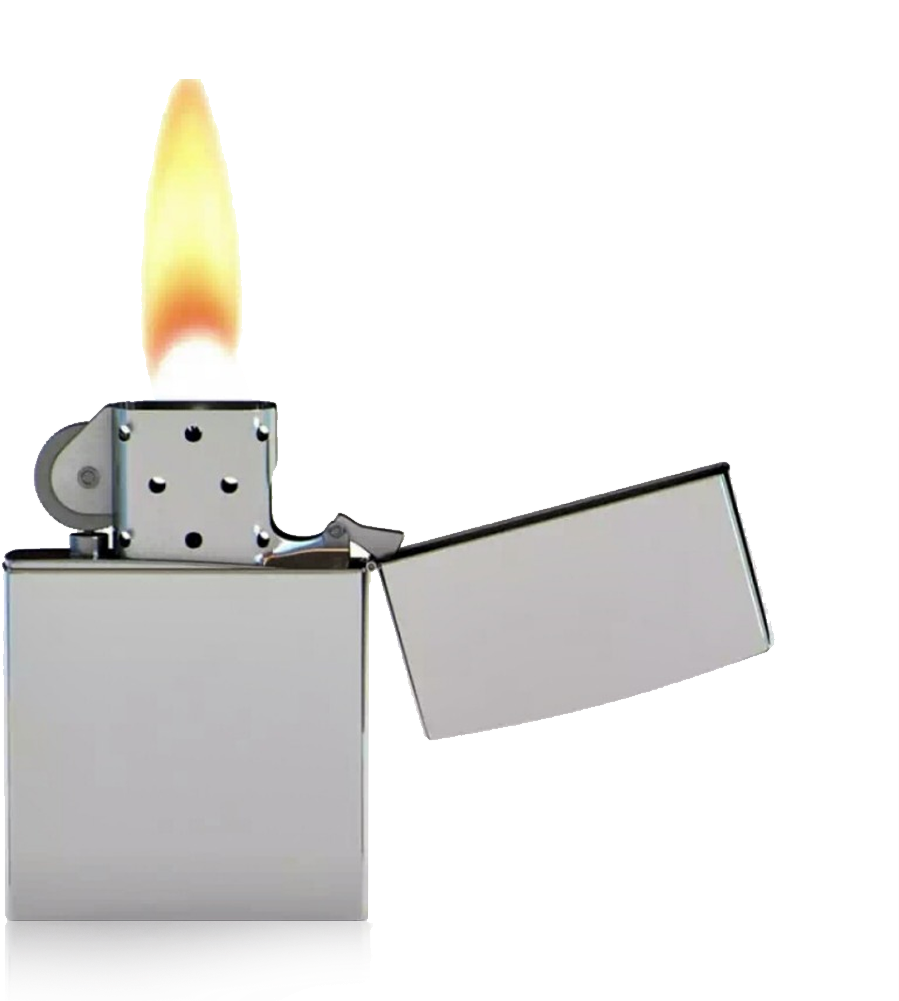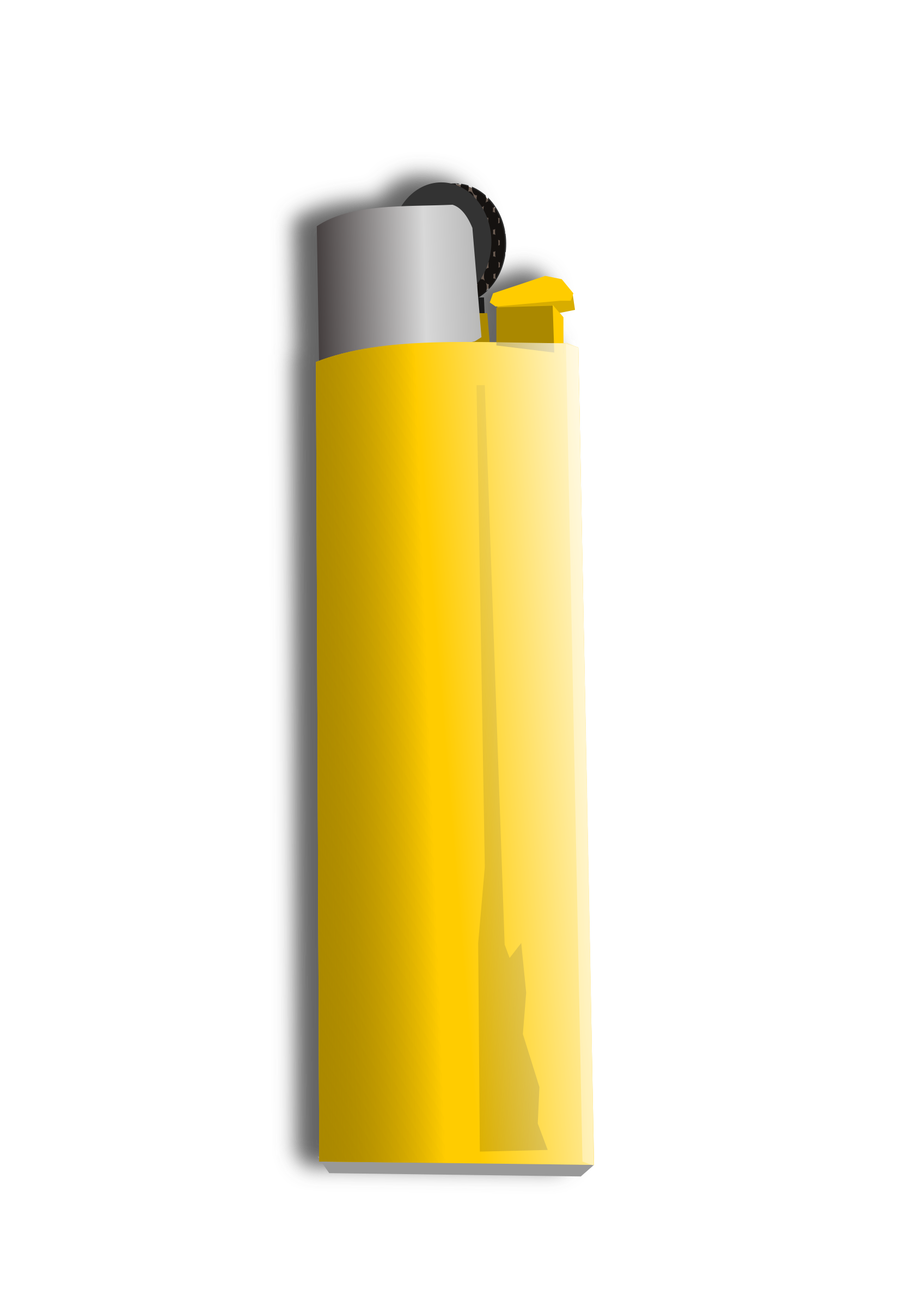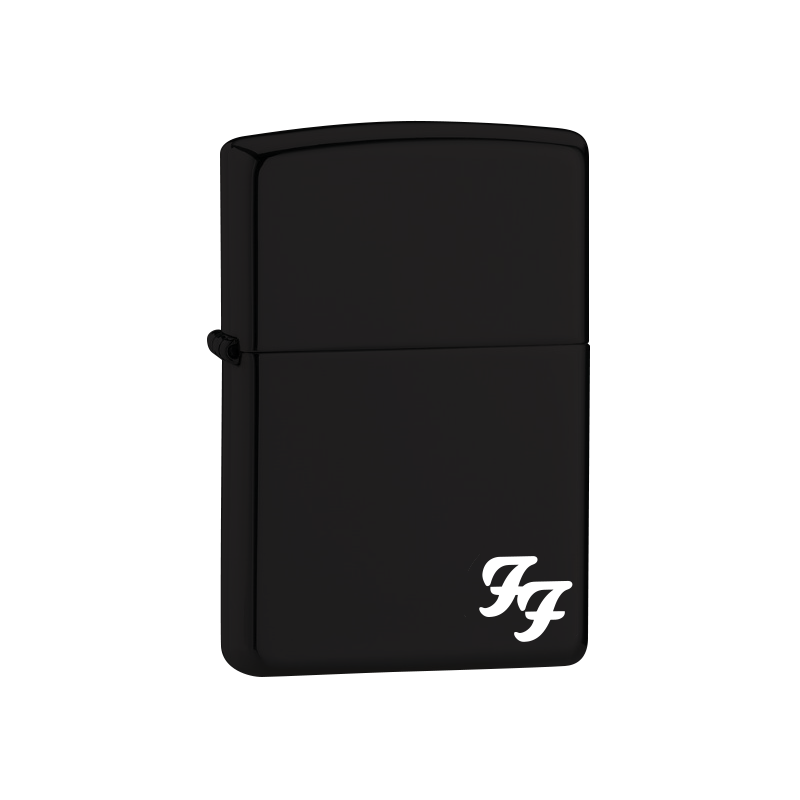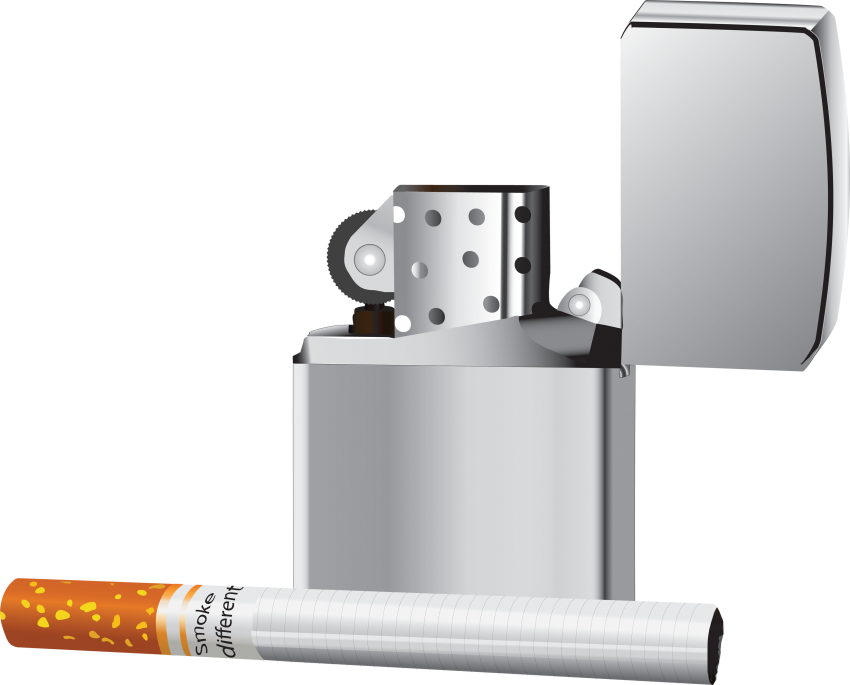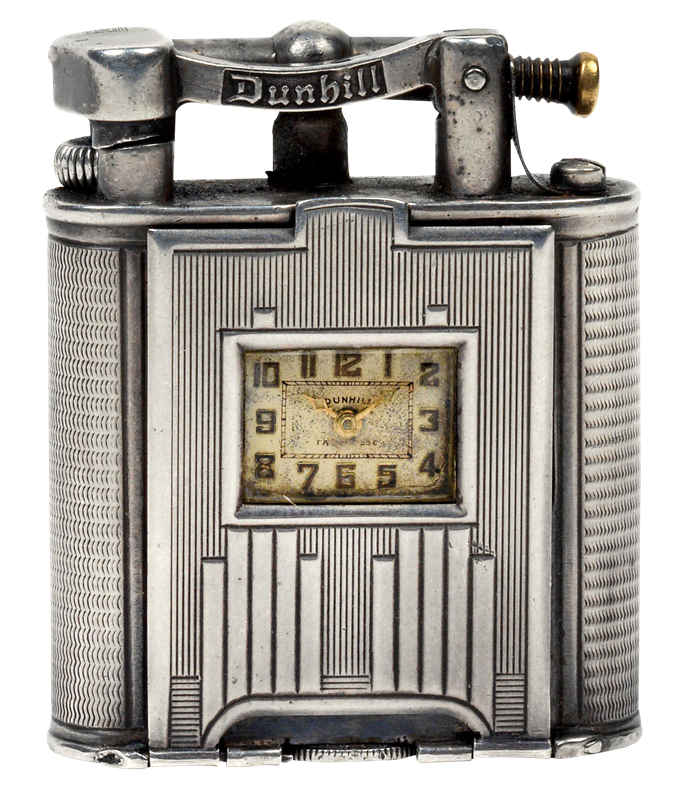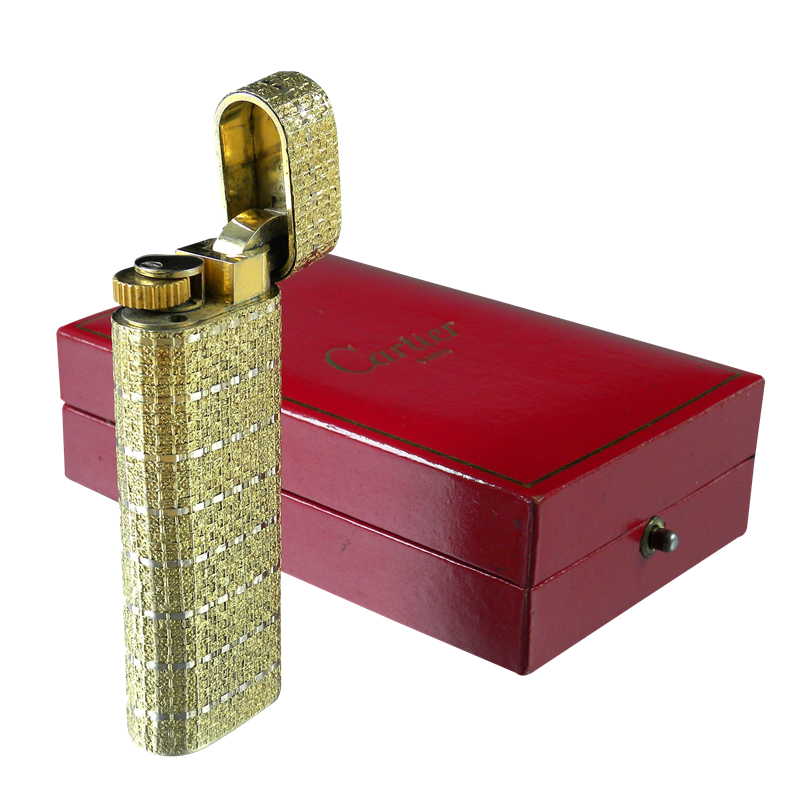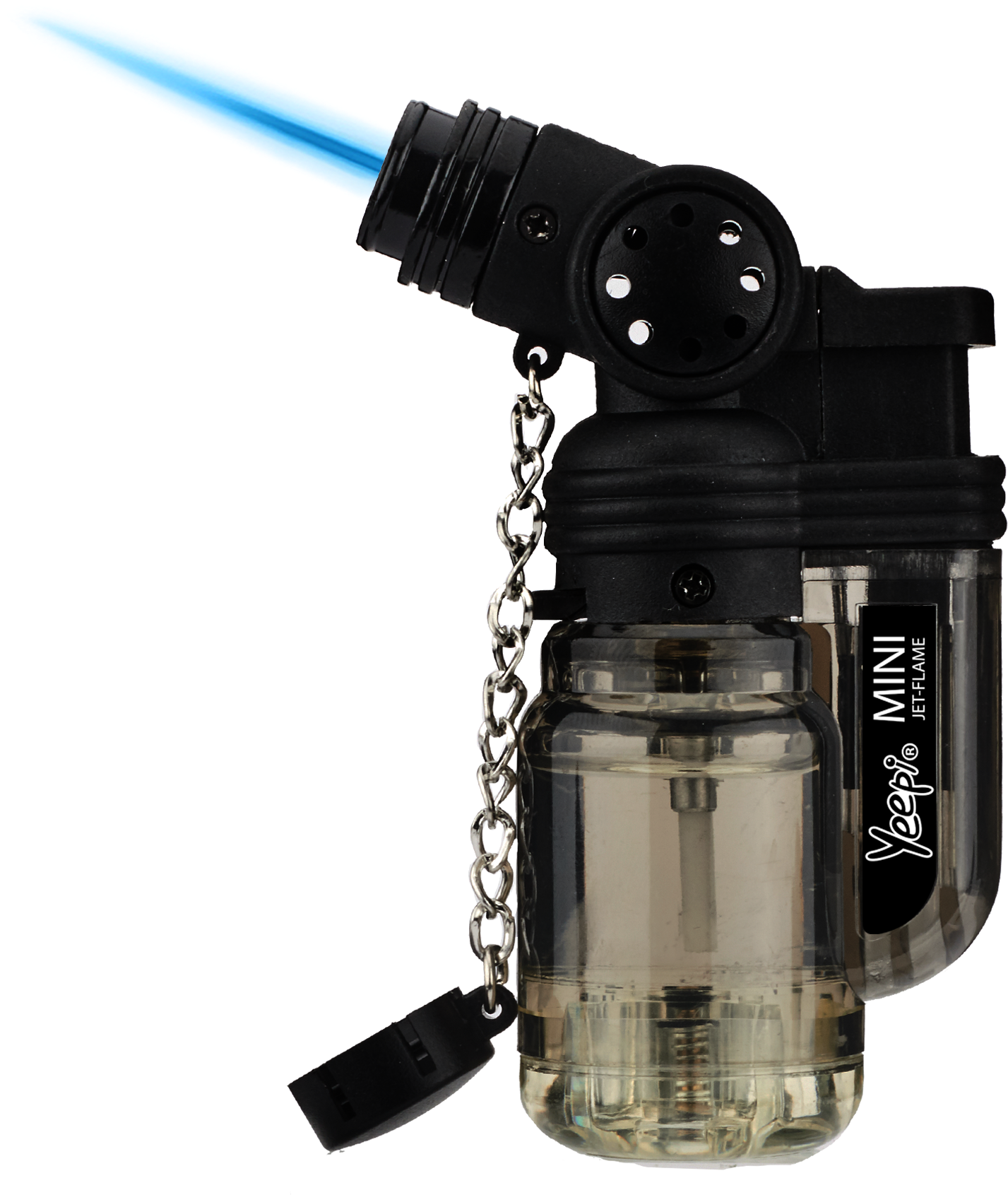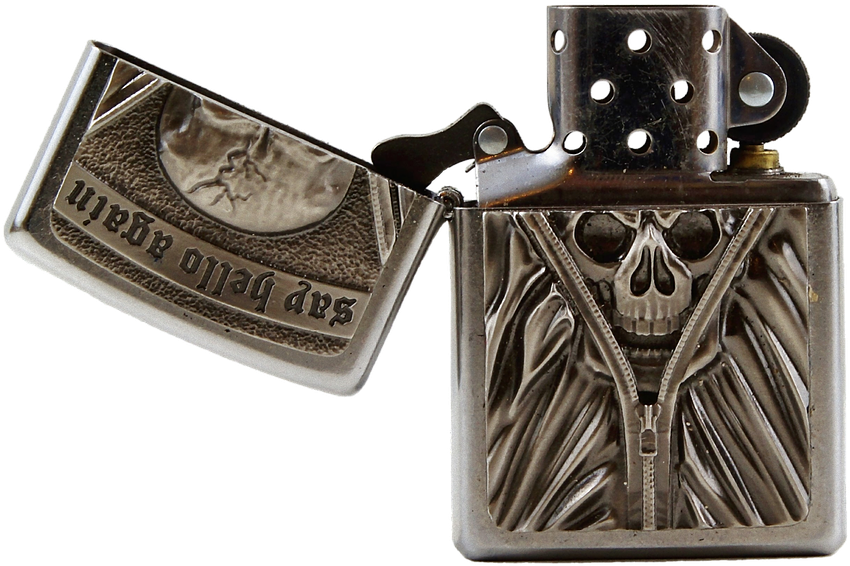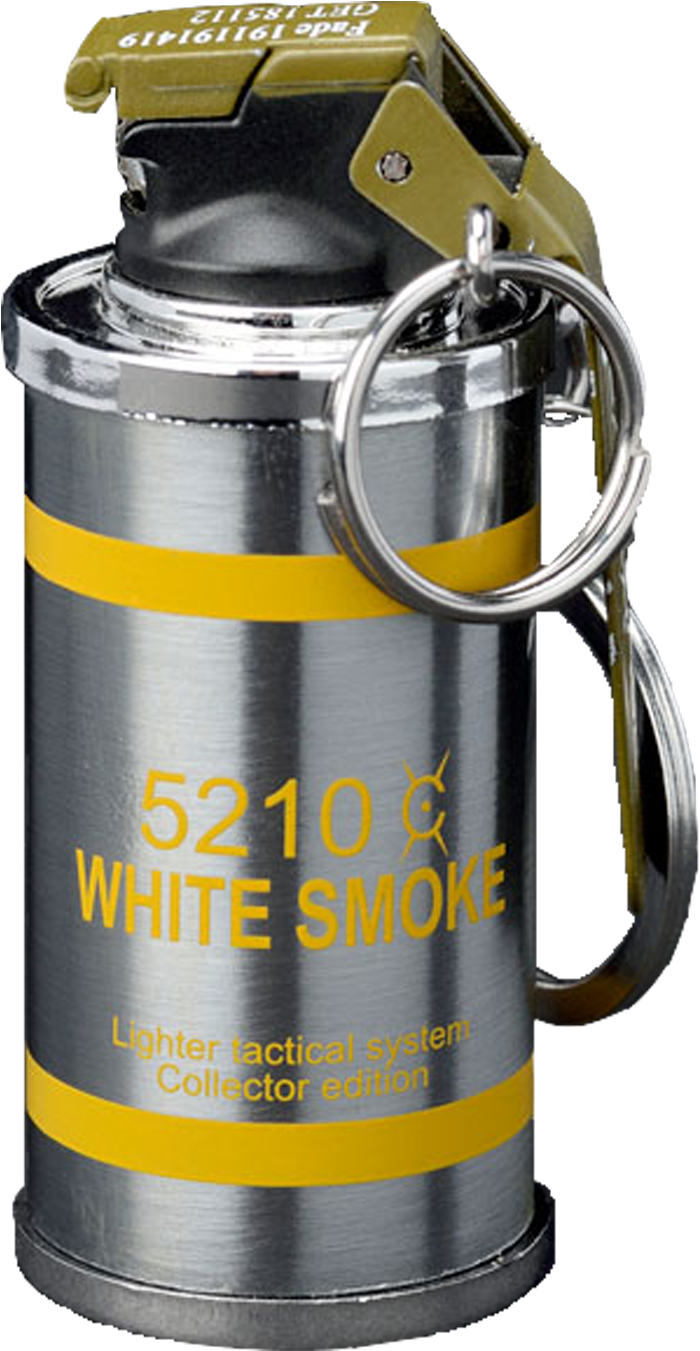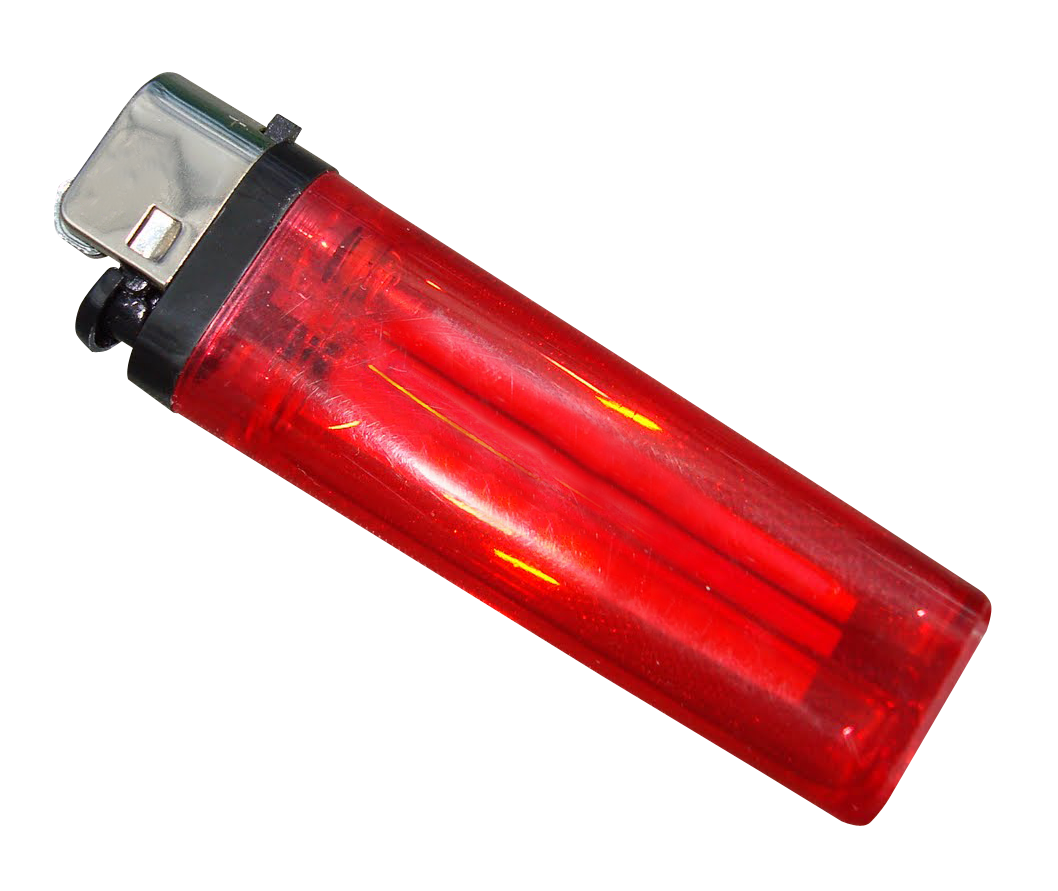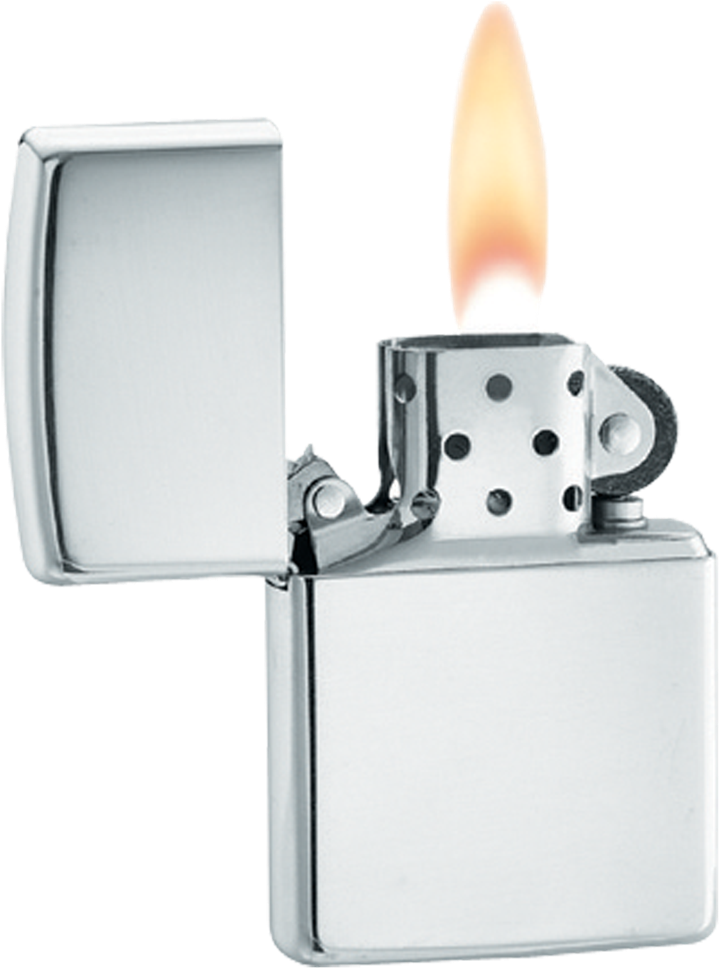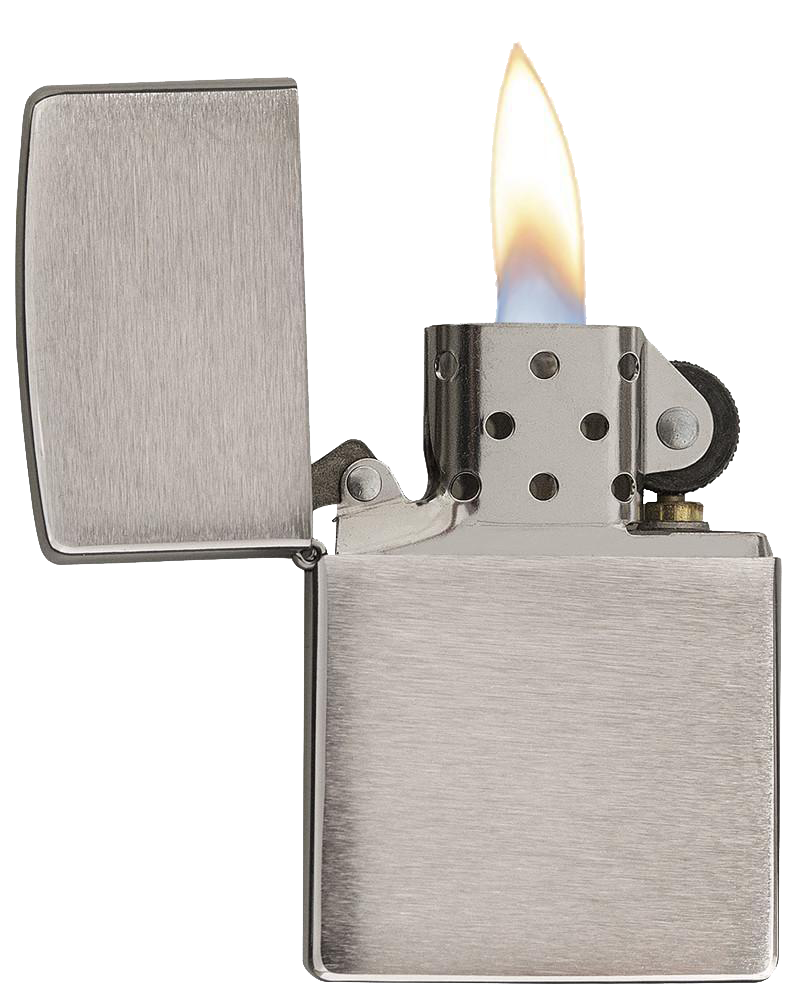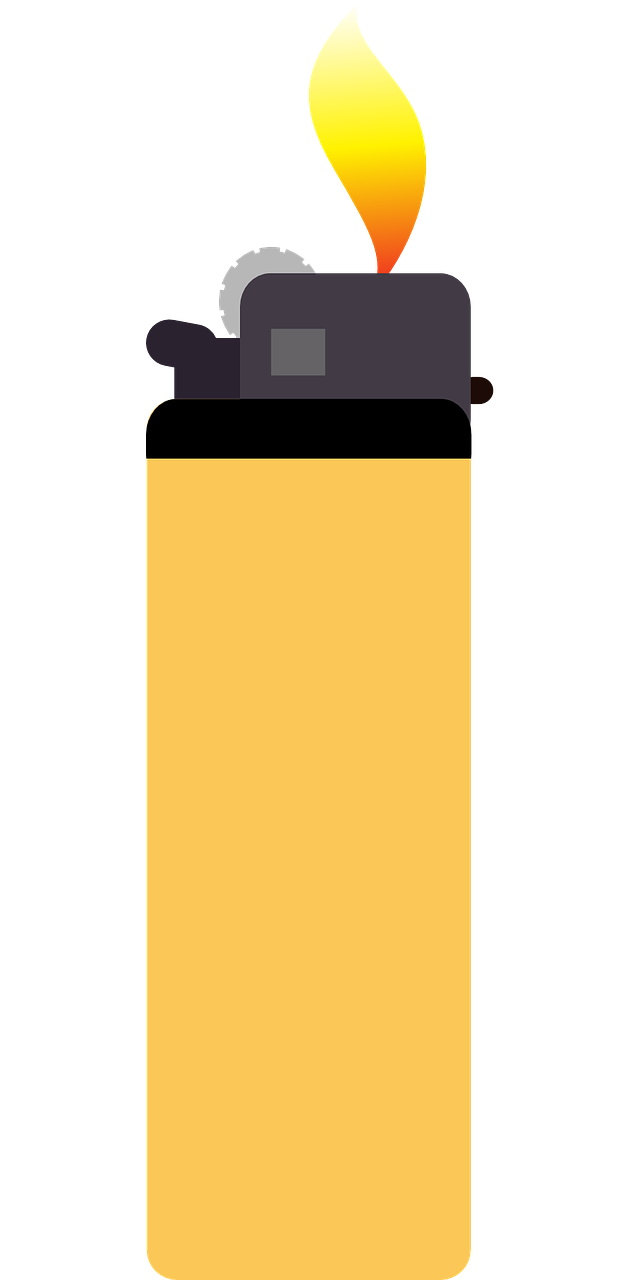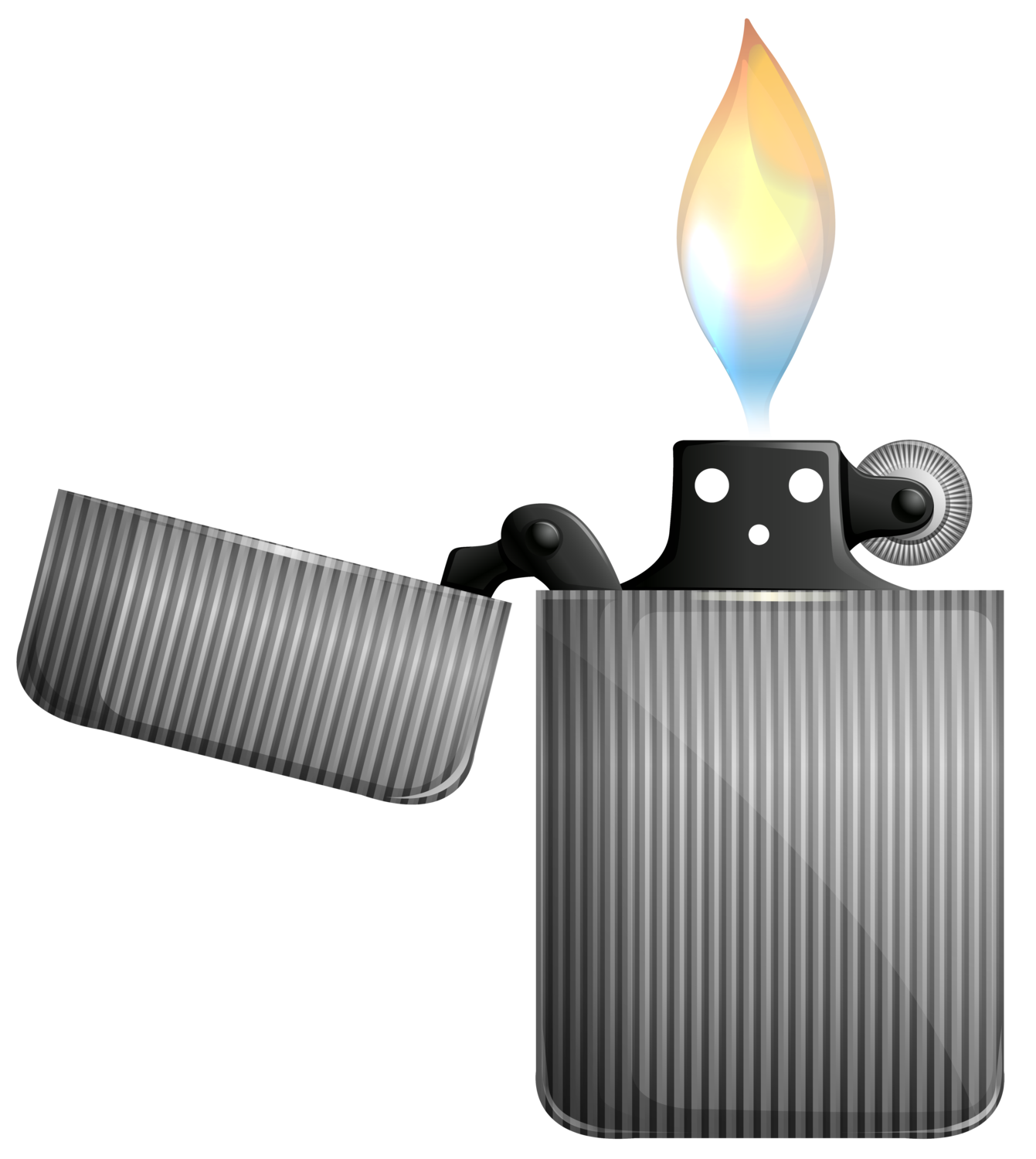Download top and best high-quality free Lighter PNG Transparent Images backgrounds available in various sizes. To view the full PNG size resolution click on any of the below image thumbnail.
License Info: Creative Commons 4.0 BY-NC
A lighter is a small device that produces a flame and may be used to light things like cigarettes, gas stoves, pyrotechnics, candles, or a campfire. It comprises a metal or plastic container filled with a flammable liquid or compressed gas, an ignition source, and a method of extinguishing the flame. A lighter can also be powered by electricity and ignite a target using an electric arc or heating element.
The original lighters were converted gunpowder-fired flintlock handguns. As part of an Ottoman diplomatic expedition to Vienna in 1662, Turkish traveler Evliya elebi praised the lighters being made there: “Enclosed in a type of small box are tinder, a steel, sulphur, and resinous wood.” The wood explodes into flame when struck, much like a weapon wheel.
This will come in handy for soldiers on the move.” In 1823, a German scientist named Johann Wolfgang Döbereiner created one of the first lighters known as Döbereiner’sDöbereiner’s lamp. This lighter functioned by transferring combustible hydrogen gas created by a chemical reaction within the lighter through a platinum metal catalyst, causing it to ignite and emit a large quantity of heat and light.
Carl Auer von Welsbach patented ferrocerium (commonly mistaken as flint) in 1903, paving the way for contemporary lighters. When scratched, it creates a huge spark, which is responsible for igniting the fuel in many lighters and is cheap enough to be used in throwaway products.
Companies like Ronson were able to produce practical and easy-to-use lighters using Carl Auer von Welsbach’sWelsbach’s flint. The first Pist-O-Liter was introduced in 1910, and the business developed its first lighter, the “Wonderlite,” in 1913, which was a permanent match kind of lighter.
Soldiers began making lighters out of empty cartridge boxes during WWl. During this period, one of the troops devised an inserting a windproof chimney top with holes in it.
George Grant Blaisdell created and launched the Zippo lighter and company in 1932. The Zippo was known for its dependability, “Life Time Warranty,” and “Wind-Proof” marketing. The majority of early Zippos ran on naphtha.
Butane replaced naphtha as the preferred fuel in the 1950s because it had a more controlled burn and emitted less smell. This led to the development of piezoelectric spark, which removed the requirement for a flint wheel in certain lighters and was utilized in many Ronson lighters.
In recent times, France, the United States, China, and Thailand create the majority of the world’s lighters.
To absorb the fluid and prevent it from leaking, naphtha-based lighters use a saturated cotton wick and fiber packing. They have an enclosed top to keep the volatile liquid from evaporating and to make it easier to put out the fire. A valved aperture in a butane lighter measures the butane gas as it departs.
An electric arc is generated by hitting metal against a flint or pressing a button that compresses a piezoelectric crystal (piezo igniting). The liquid is sufficiently volatile in naphtha lighters, and flammable vapor is present as soon as the top of the lighter is opened. Butane lighters have a striking action as well as a valve that opens to discharge gas. The spark ignites the flammable gas, resulting in a flame that continues to burn until the top is closed (naphtha type) or the valve is released (butane type).
Download Lighter PNG images transparent gallery.
- Lighter PNG
Resolution: 1000 × 1000
Size: 176 KB
Image Format: .png
Download
- Lighter PNG Pic
Resolution: 1000 × 1000
Size: 328 KB
Image Format: .png
Download
- Lighter PNG File
Resolution: 990 × 743
Size: 844 KB
Image Format: .png
Download
- Lighter PNG Image
Resolution: 1417 × 2519
Size: 1531 KB
Image Format: .png
Download
- Lighter PNG Photo
Resolution: 990 × 456
Size: 384 KB
Image Format: .png
Download
- Lighter PNG Cutout
Resolution: 640 × 1280
Size: 63 KB
Image Format: .png
Download
- Lighter Silhouette
Resolution: 934 × 534
Size: 15 KB
Image Format: .png
Download
- Lighter Vector PNG
Resolution: 822 × 1173
Size: 22 KB
Image Format: .png
Download
- Lighter Vector PNG Pic
Resolution: 1225 × 1520
Size: 43 KB
Image Format: .png
Download
- Lighter Silhouette PNG
Resolution: 934 × 534
Size: 17 KB
Image Format: .png
Download
- Lighter Vector PNG File
Resolution: 980 × 994
Size: 24 KB
Image Format: .png
Download
- Lighter Vector PNG Image
Resolution: 1920 × 1080
Size: 33 KB
Image Format: .png
Download
- Lighter PNG Images
Resolution: 899 × 1001
Size: 285 KB
Image Format: .png
Download
- Lighter Vector PNG Photo
Resolution: 1920 × 1812
Size: 35 KB
Image Format: .png
Download
- Lighter Vector PNG Cutout
Resolution: 721 × 980
Size: 26 KB
Image Format: .png
Download
- Lighter PNG Photos
Resolution: 1697 × 2400
Size: 207 KB
Image Format: .png
Download
- Lighter Vector PNG Images
Resolution: 860 × 980
Size: 33 KB
Image Format: .png
Download
- Lighter Transparent
Resolution: 800 × 800
Size: 49 KB
Image Format: .png
Download
- Lighter PNG Clipart
Resolution: 850 × 685
Size: 212 KB
Image Format: .png
Download
- Lighter PNG Picture
Resolution: 678 × 800
Size: 1170 KB
Image Format: .png
Download
- Lighter
Resolution: 800 × 800
Size: 751 KB
Image Format: .png
Download
- Lighter PNG HD Image
Resolution: 1427 × 1691
Size: 2024 KB
Image Format: .png
Download
- Lighter PNG Image HD
Resolution: 850 × 566
Size: 891 KB
Image Format: .png
Download
- Lighter No Background
Resolution: 700 × 1351
Size: 1528 KB
Image Format: .png
Download
- Lighter PNG Images HD
Resolution: 1058 × 891
Size: 522 KB
Image Format: .png
Download
- Lighter PNG Free Image
Resolution: 719 × 968
Size: 572 KB
Image Format: .png
Download
- Lighter PNG Image File
Resolution: 799 × 1000
Size: 503 KB
Image Format: .png
Download
- Lighter Vector
Resolution: 640 × 1280
Size: 30 KB
Image Format: .png
Download
- Lighter Background PNG
Resolution: 1341 × 1500
Size: 391 KB
Image Format: .png
Download
